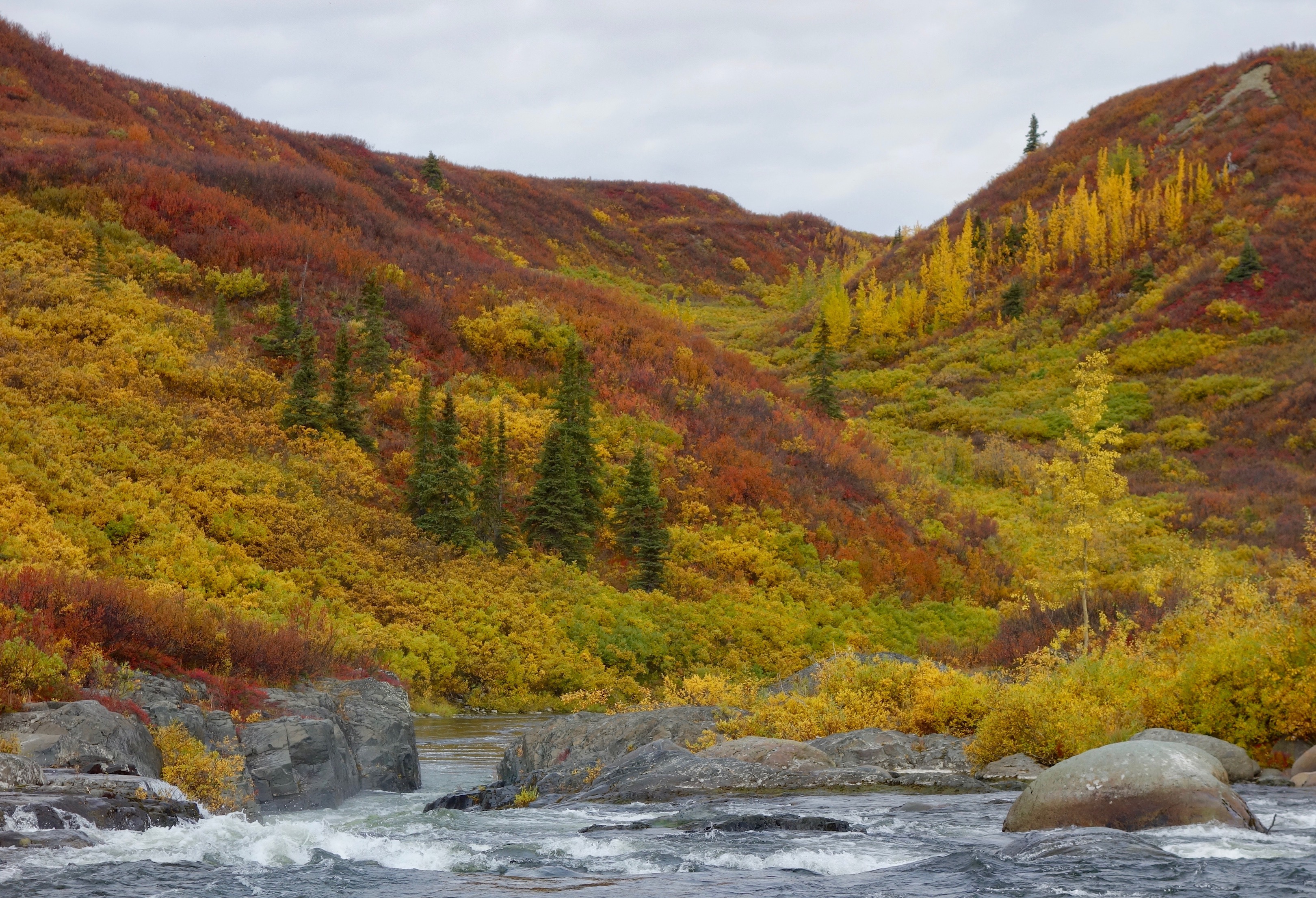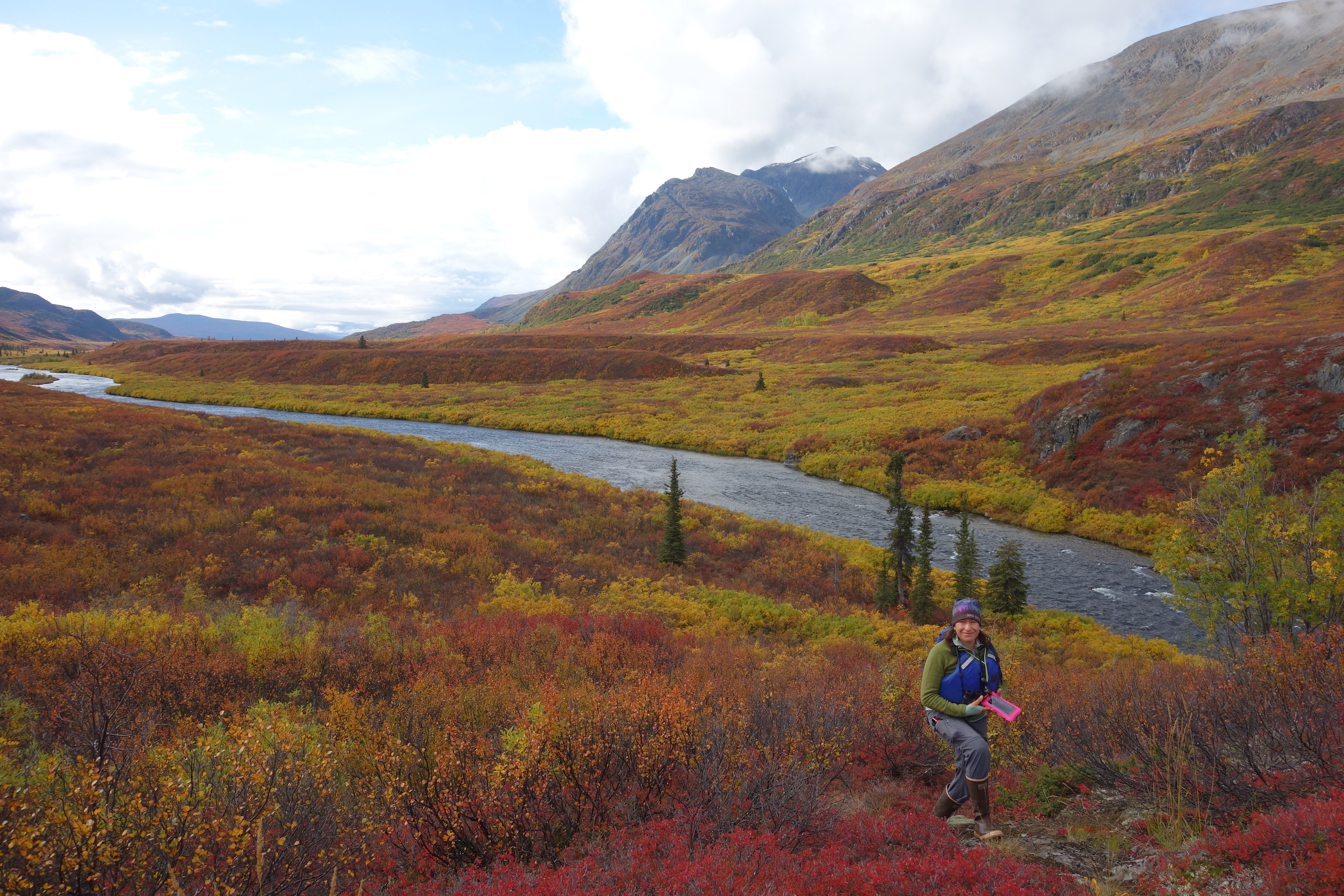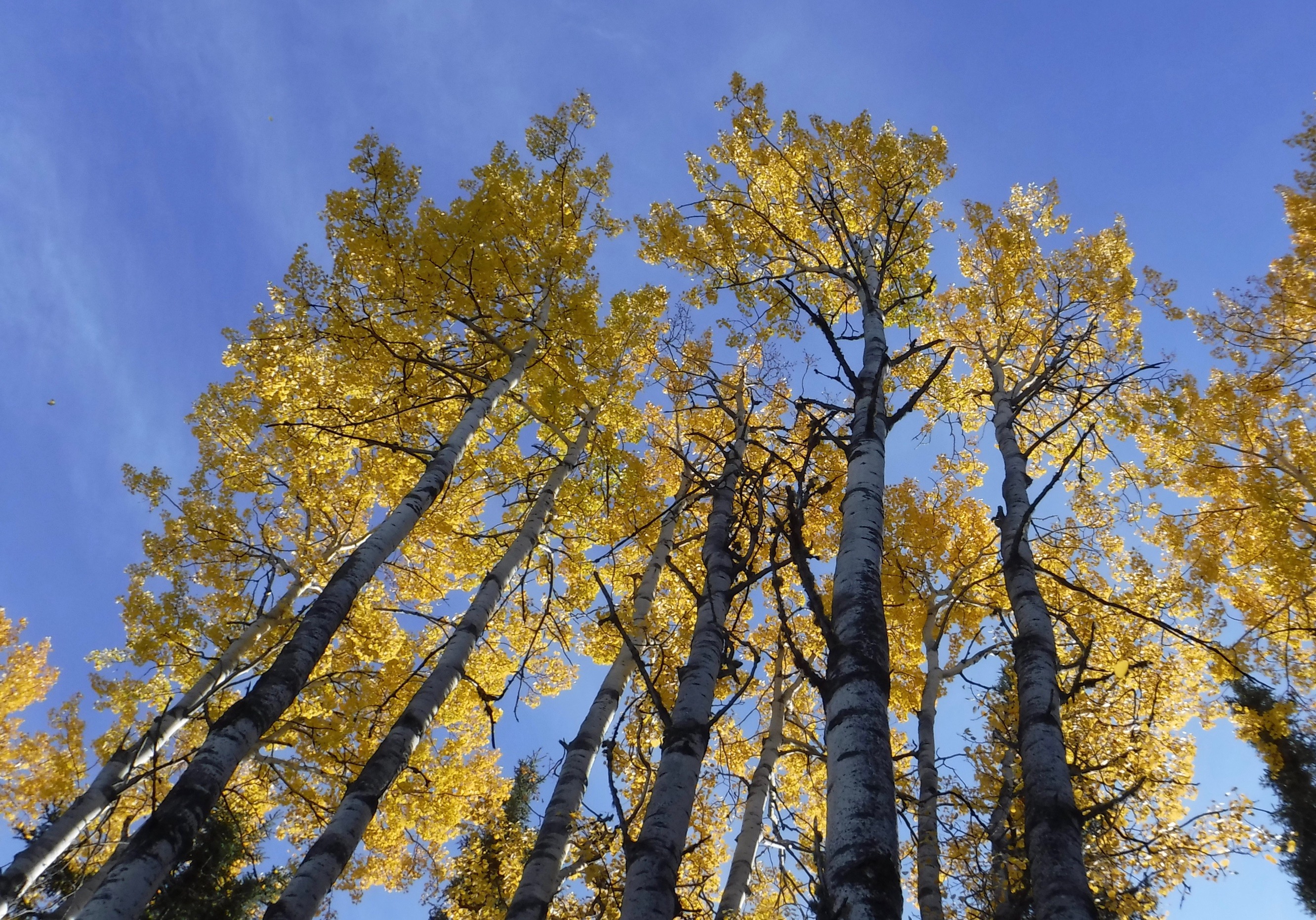
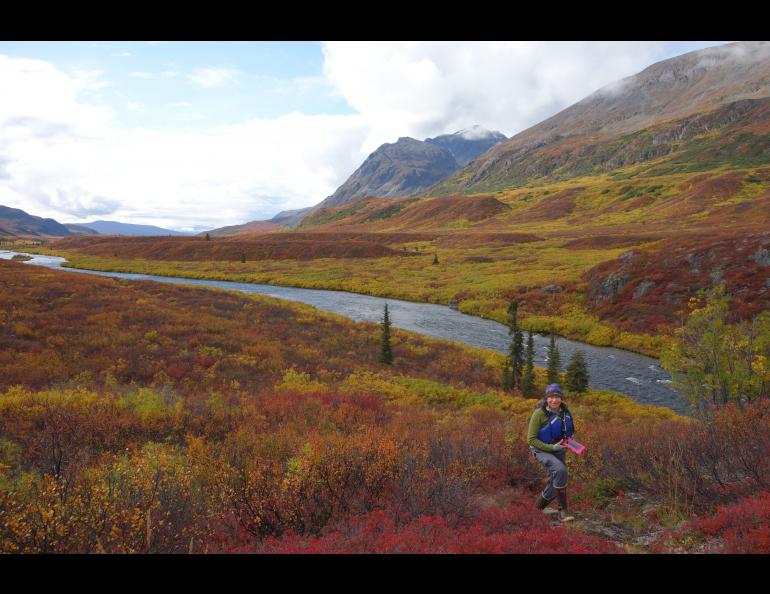
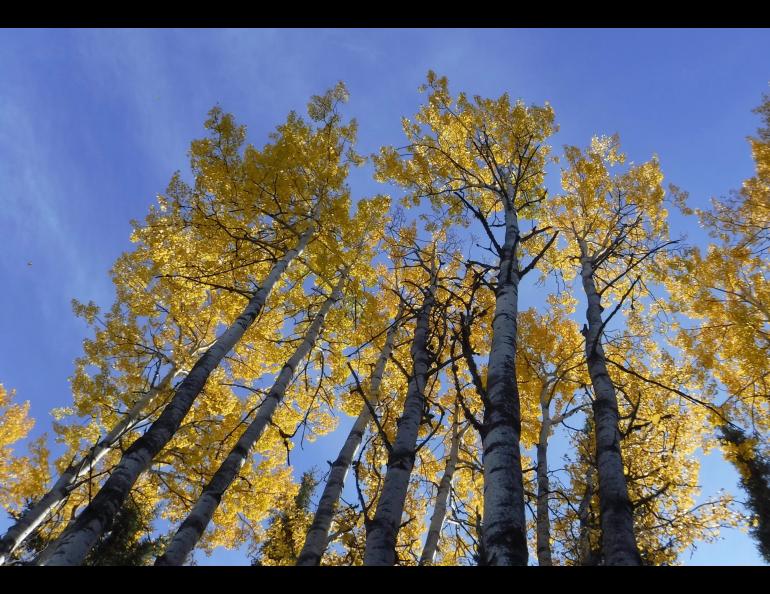
The season of senescence is upon us
The glorious paper birch outside the window that has for the past three weeks beamed a sunny glow is losing its luster, one golden coin at a time. The 10,000 solar panels the tree has worn since early spring are releasing their grip without a sound, and spiraling to the forest floor.
In deciduous plants, senescence means about the same as what it does in humans — the process of deterioration with age. Senescence makes me wonder what gray-haired person is looking back from the mirror. Trees and other plants are simply shedding what no longer suits them.
Trees blazing with color are responding to fewer hours of sunlight. Sensing that the days are getting too short for their leaves to efficiently (and magically) change sunlight into tree-feeding sugars, trees like birches and aspens and willows have stopped flooding their leaves with chlorophyll.
With the cut-off supply of chlorophyll — a green, energy-converting chemical — leaves get to show the red and orange and yellow pigments also present in their cells.
Why do leaves have the makings for different colors inside them? That’s a good question. Some scientists think that colors like red within them might act as a sunscreen to keep leaves from getting overexcited by photons.
Though they linger for a few weeks, those lemon-colored birch leaves will eventually let go. When a tree senses it has reached a threshold of daylight hours, cork-like cells develop where a leaf attaches to a stem. This “abscission layer” forms until the artery clogs and hardens. The leaves wait for a breeze.
Billions of dead leaves are now wafting to the valley floor, adding weight and insulation and nooks for insects and nourishment in decay. Alaska trees and shrubs will soon be done with their senescence for 2021.
Remaining on the branches, tight-fisted buds will be poised to unfurl into leaves next spring. If they don’t find themselves thawing in the belly of a December moose.

